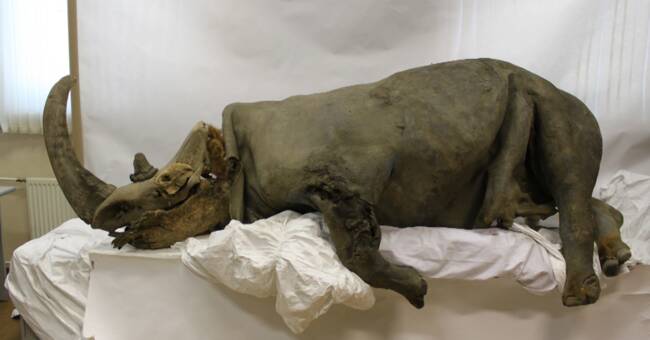For the first time, a research team has mapped DNA from the woolly rhinos. They have examined bones and hair from the species found in the permafrost in Siberia.
- We have mapped the genome from a woolly rhinoceros that is 18,000 years old and then we have analyzed another 13 rhinos. We did this to investigate when the species began to decline, says Love Dahlén, who is a professor of evolutionary genetics at the Swedish Museum of Natural History.
"Not influenced by the first humans"Together with his research colleagues, he has come to the conclusion that it may not have been human distribution at all that led to their extinction.
- We discovered that the woolly rhinos were not affected at all by the first humans who came to northern Siberia, says Edana Lord who is a doctoral student at the Department of Zoology at Stockholm University and who studied the woolly rhinos for four years.
The population was stable until 18,000 years ago and then disappeared completely 14,500 years ago.
- There are two things that are changing in the environment at this time. The first humans appeared, 30,000 years ago, and then the climate changed, 14,500 years ago. What we see then is that this reduction takes place in closer connection with the climate change, says Love Dahlén.
"We are in the sixth mass extinction"Research on the woolly rhinoceros' genome can be useful in understanding how climate change is affecting now living animal species.
- We are now in the sixth mass extinction of various animal species. Then it is important to try to understand what caused previous extinctions. That is the reason why we do this research, to try to understand how and when and why species die out and important climate change is for species extinction, says Love Dahlén.

